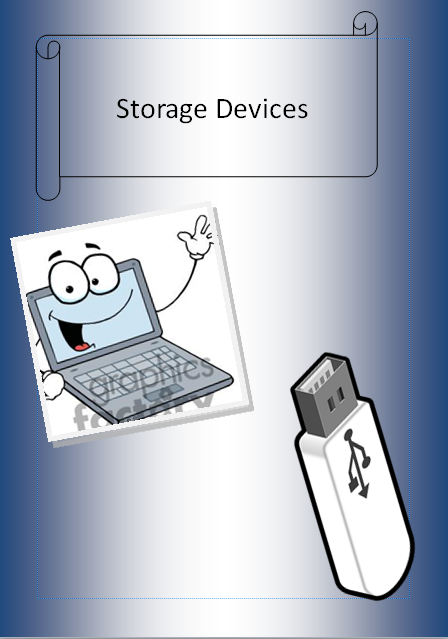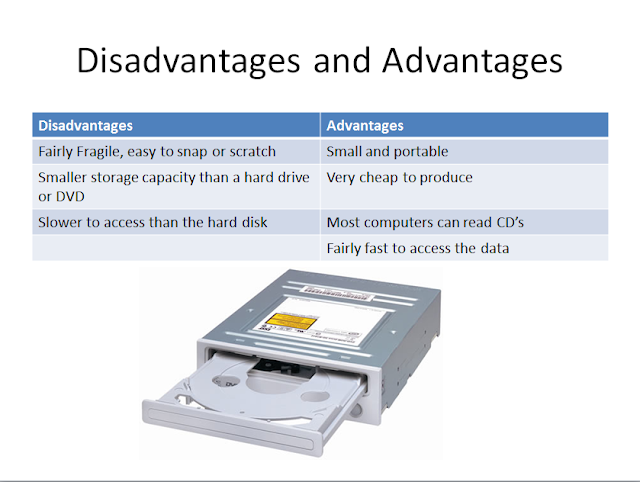Grade 8A Digital Design Blog
Monday, 30 May 2016
Final grade 7 Booklet
Front page:
The front page is bright and colourful so that it attracts the readers eye.
USB page:
This page is very eye catching because of the big picture and the fun fact is fast and eye catching so that the reader is attracted to the booklet. I put the information in bullet points so that the information would looks like yes, and that the reader wouldn't need to skim and scam.
Page 3:
The third page is a mind map of the inventor, I added an extra page because I felt like if I added a mind map, it would attract the reader and it would be easier to take up information, also I would have the opportunity to add more color to the booklet by adding a picture. Mind maps also help the reader remember things faster and easier, so this would help the students remember this knowledge for later on in their lives.
Cd-Rom:
I made this page extra bright by using the colour red, because the CD by itself is not very colourful or attractive, so I added a warm colour and bold fonts to make the CD looks less dull and make the booklet looks more fun to read than boring.
Cd-rom pictures:
I added some extra pictures so that the booklet would look more interesting and that it would appear as if there was less writing and more colour and pictures. Also pictures attract the readers eye and make text more fun to read.
RAM:
I didn't add that much information to this page, but enough, because for the RAM you need to use alot of adjectives in order to describe the RAM and what it is. So I decided to useless writing so that I would need to use less complex words so that the grade sevens would understand it. I added a picture of the RAM that clearly shows it and gives the students a clear idea of what it is.
References:
I didn't use alot of references because I tried writing as much as I could in my own words, in order to make it easier for the grade sevens to understand if I used my own words and own knowledge.
Peer evaluation:
Self evaluation:
Monday, 23 May 2016
Global Context
Fairness and
Development
Includes:
•
Inequality, difference and inclusion
•
Human capability and development; social entrepreneurs
•
Rights, law, civic responsibility and the public sphere
•
Justice, peace and conflict management
• Power and privilege
•
Authority, security and freedom
• Imagining
a hopeful future.
Fairness is the equality of being
able to judge someone while being free of discrimination and development is the
act of progress or growth. These two are related as as there can be no fairness
without developing quality first. For example, as kids we were taught to be
fair to one and another, but to gain this quality we were reminded by teachers,
parents adults and so on.
Examples of development are:
·
College
·
Developing
nations
·
U.S
constitution
Bullying affects 3.2 million
people of this world’s population. From cyber bullying to physical or oral
bullying. Not only teenagers are affected by bullying, but also adults.
Although more teenagers are affected by bullying adult bullying can sometimes
get more extreme. One of the biggest reasons of bullying for adults is either
about looks, money or race and colour.
(http://www.ibmidatlantic.org/Global_contexts_definitions_explanations.pdf "MYP Global
Context." (n.d.): n. pag. Web. 19 May 2016.)
Communication and Information Literacy:
Communication-
For communication
I will create a small display so that the year sevens will be fascinated and
will feel the urge to read through the booklet. Another tactic that will help
is to add a lot of pictures and big fonts to attract the grade sevens. I will
use warm and cool colors to create a mix of emotions as the grade sevens are
reading it and I will also use bullet points to make the information seem like
less and to make it look easier and faster to read.
Information
Literacy-
During the topic of
making the booklet, I will be using the skills of researching on the internet
to find out as much information as possible about storage devices for the
booklet I will be creating as my project for the year 7’s. The main research
engine that I will be using is Google and sites such as Wikipedia (only the
valid information), but I will also be choosing BBC bite size since we have
been told it is a very reliable source. Since I aimed this booklet for a
younger grade, I will choose simpler writing and lots of pictures so that the
students will not get bored by the booklet when they read it. I will also use bullet points just so that it
would give the impression that the children had to read less. I will also surf
the internet for any types of fast models I could create to make the booklet
look and seem more interesting.
Monday, 9 May 2016
Monday, 2 May 2016
Storage Devices Cover Page
In this
lesson I have created my front cover page for my booklet. I have used the
software publisher to help me make this booklet, I used publisher because it
has the most layout an design options e.g.:
Colors· Backgrounds· Borders
These
designs helped make the booklet look eye catching and colorful, like this the
viewer would be more attracted to the booklet. This makes the front cover more
interesting than a plain white booklet that I made before. I used a blue background,
with a picture of an animated laptop on it and a USB. I made sure that the
storage device pictures were different colors than the background, so that the
pictures would stand out. Overall I think computer designs are better than hand
drawn designs, because you have more options to design it, and it looks more
eye catching and neater.
Monday, 25 April 2016
Term 3 Storage Devices
Statement of Inquiry-
Data storage that has evolved through technical advances in the
medium of storage devices
Introduction:
A storage device is a
device that is capable of holding data permanently or temporarily. They are
core functions and components of a computer or laptop. The central processing
unit, CPU, is the part of a computer that manipulates data by performing
mathematical calculations.
Some storage devices are:
· USB
· RAM
· CPU
· Motherboard
· CD
Task:
Creating a booklet about
storage devices
Target audience:
To create a booklet suitable
for grade 7’s
Reflection:
I think that the USB booklet is the most useful and suitable for grade sevens because it has lots of color and bold fonts that attract the reader’s eye. The USB stands out big on the cover page and is in a deep red, I chose the color red because it is lots of people’s favorite color, and it is very bright and eye catching. I also labeled the USB very well so that it would be easily understandable and fast for grade 7’s to learn from.
I choose the second design for my booklet. I choose the second design because it has less writing in it and it is colorful and has fast fun facts and pictures, as well as colorful writing and bold fonts. The bold and fun features of the booklet help attract the readers eye and make it more fun for the grade sevens to learn.
Fairness and
Development
Includes:
•
Inequality, difference and inclusion
•
Human capability and development; social entrepreneurs
•
Rights, law, civic responsibility and the public sphere
•
Justice, peace and conflict management
• Power and privilege
• Authority,
security and freedom
• Imagining
a hopeful future.
Fairness is the equality of being
able to judge someone while being free of discrimination and development is the
act of progress or growth. These two are related as as there can be no fairness
without developing quality first. For example, as kids we were taught to be
fair to one and another, but to gain this quality we were reminded by teachers,
parents adults and so on.
Examples of development are:
·
College
·
Developing
nations
·
U.S
constitution
Bullying affects 3.2 million
people of this world’s population. From cyber bullying to physical or oral
bullying. Not only teenagers are affected by bullying, but also adults. Although
more teenagers are affected by bullying adult bullying can sometimes get more
extreme. One of the biggest reasons of bullying for adults is either about
looks, money or race and colour.
(http://www.ibmidatlantic.org/Global_contexts_definitions_explanations.pdf "MYP Global
Context." (n.d.): n. pag. Web. 19 May 2016.)
Monday, 21 March 2016
Wednesday, 3 February 2016
Subscribe to:
Comments (Atom)



















